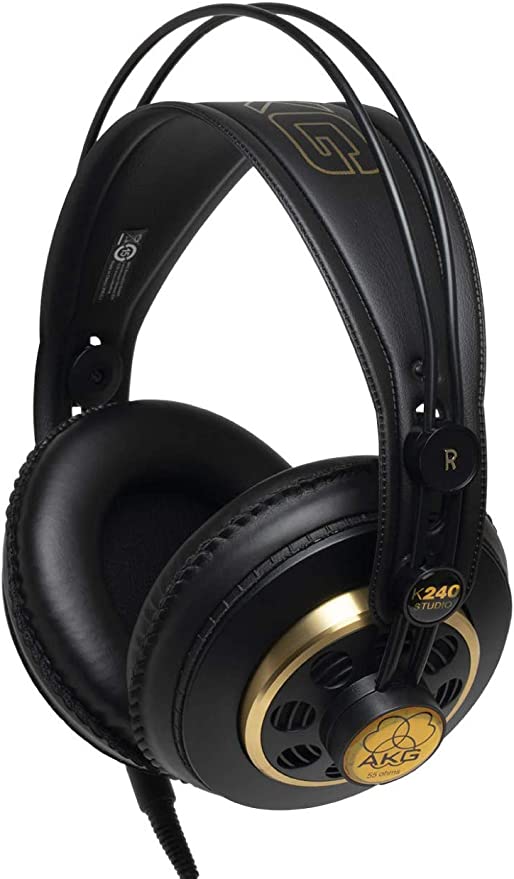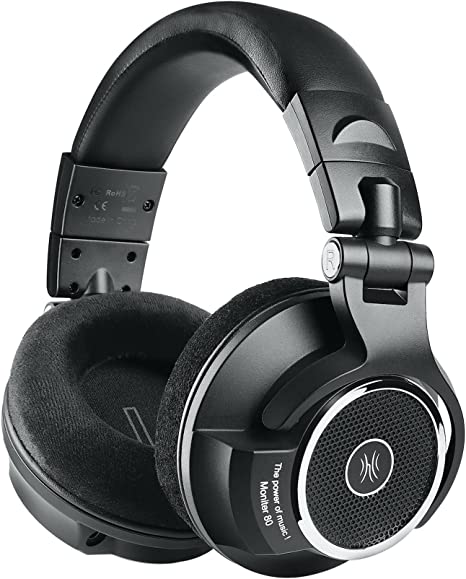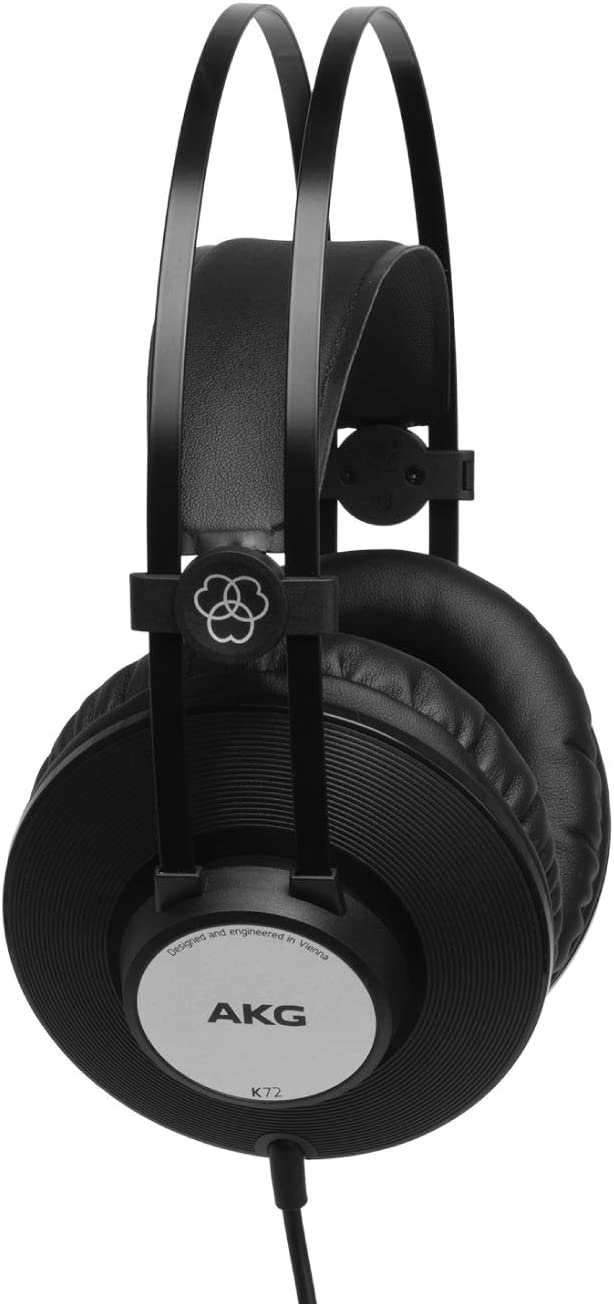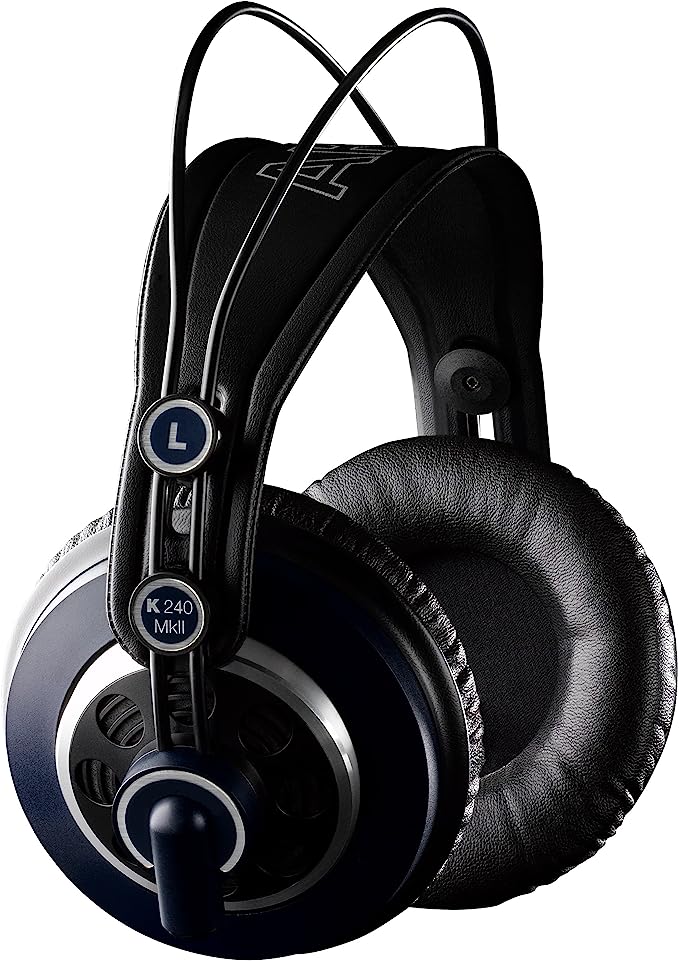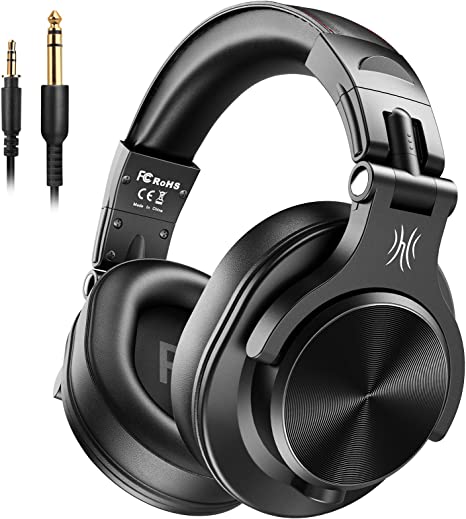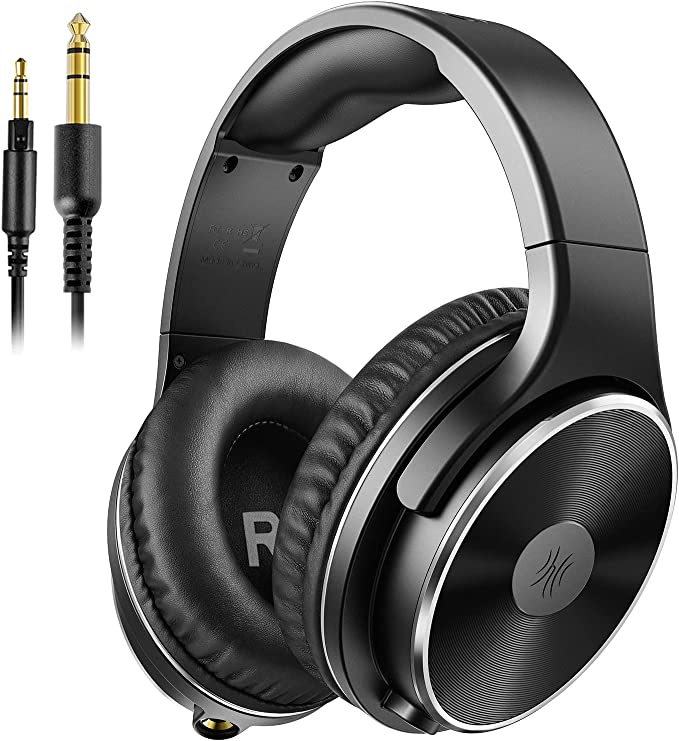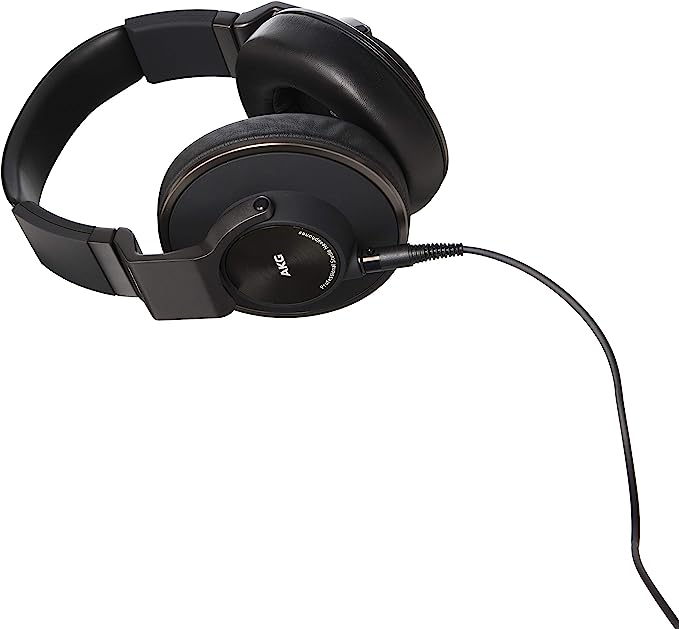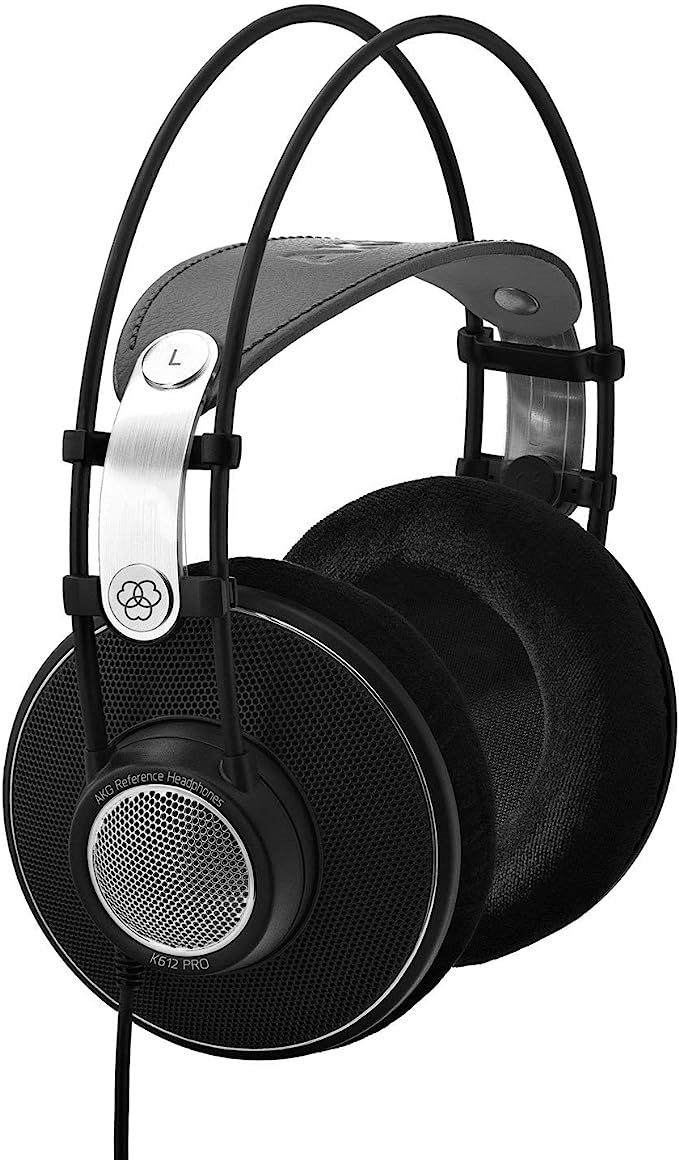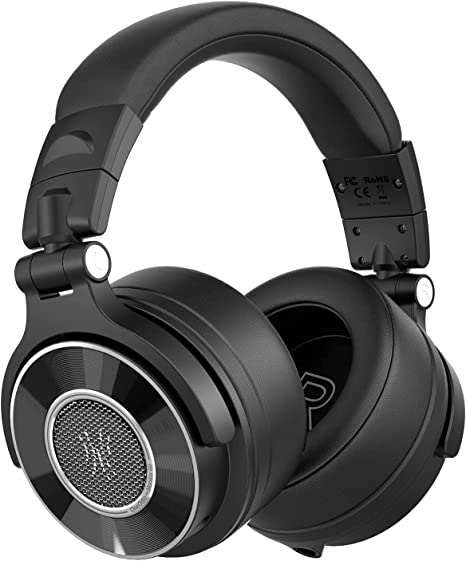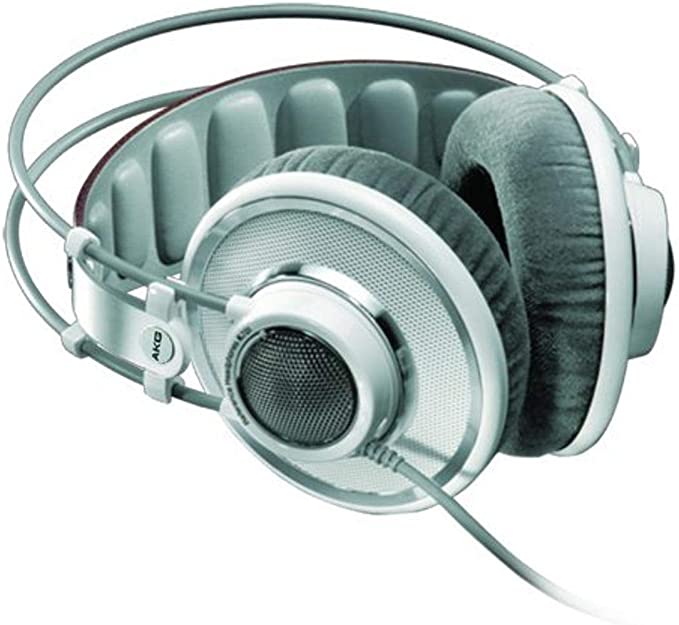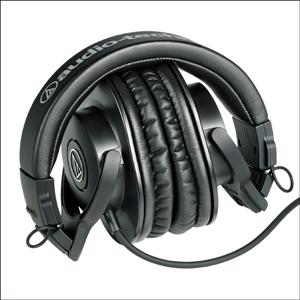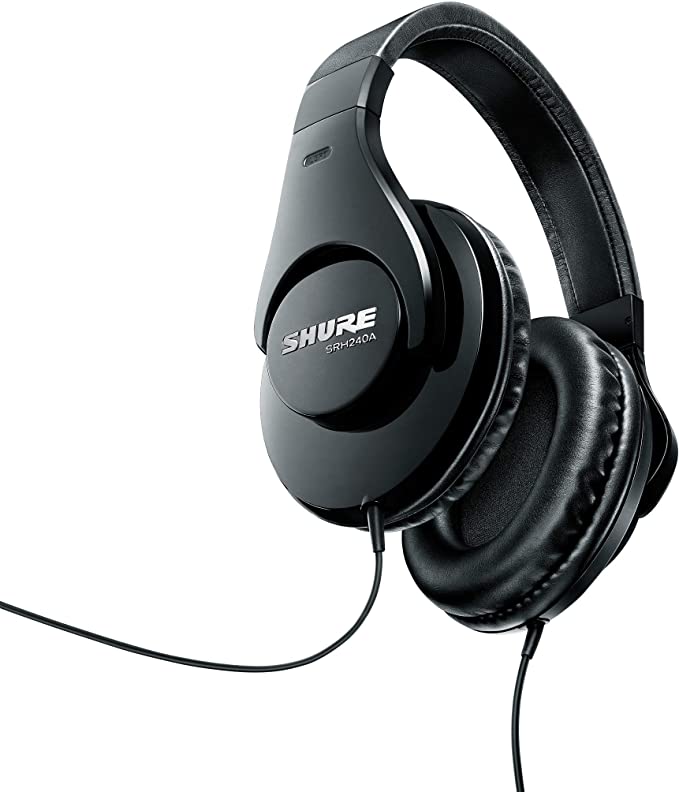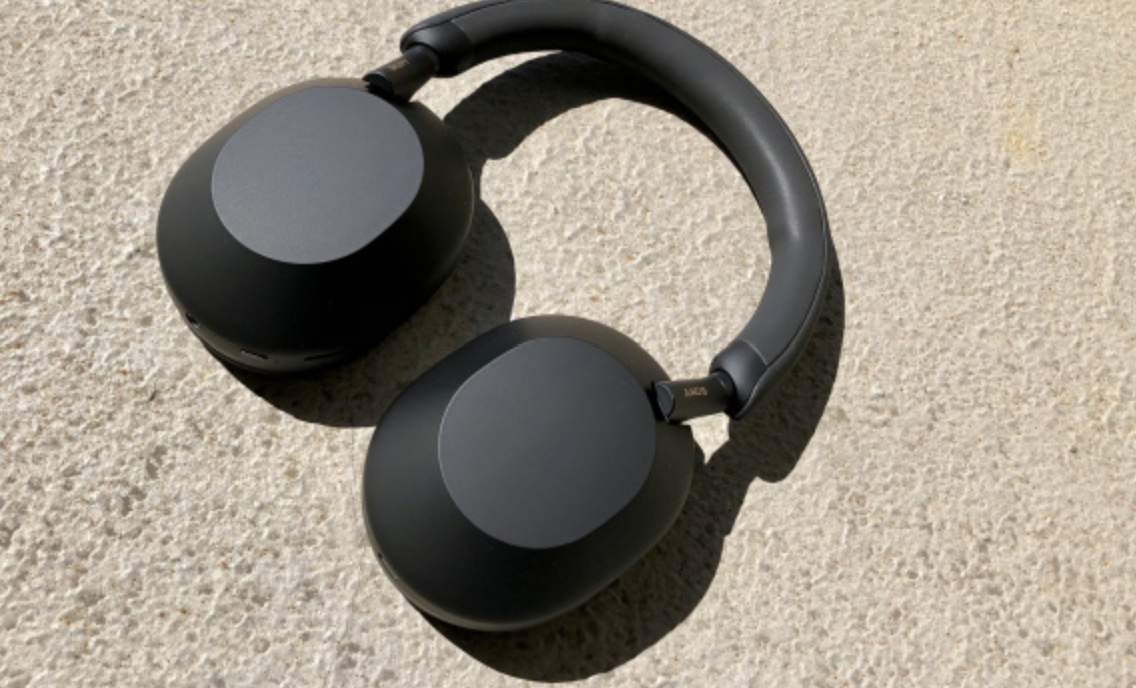beyerdynamic DT 770 PRO 80 Ohm Over-Ear Studio Headphones – A Professional's Choice
Update on July 1, 2025, 9:03 a.m.
There’s a particular, satisfying click a 1/4-inch jack makes when it seats properly into a studio console. For countless audio professionals, that sound is immediately followed by the distinct, plush embrace of velour earpads. More often than not, those grey velour pads belong to a pair of beyerdynamic DT 770 PRO headphones. They don’t look flashy. They aren’t hyped by celebrity endorsements. Yet, they are an undeniable fixture in the creative landscape, a tool as fundamental as a microphone or a fader. The question is, why? In an industry obsessed with the next big thing, how has this unassuming piece of German engineering become an enduring icon? The answer lies not in marketing, but in a relentless, science-driven pursuit of a single, elusive quality: sonic truth.

The Echo of History: A Legacy Forged in Berlin
To understand the DT 770 PRO, you have to travel back in time, long before the digital age. Imagine Berlin in 1924. A young engineer named Eugen Beyer starts a company with a vision to revolutionize audio. His work culminates in a landmark achievement: in 1937, he invents the DT 48, the world’s first pair of dynamic headphones. This wasn’t just a new product; it was the birth of a paradigm that still defines personal audio today. The DT 770 PRO is a direct descendant of that pioneering spirit. It carries the DNA of a design philosophy where function dictates form, and longevity is valued over novelty. It’s less a product of fleeting fashion and more a testament to the Bauhaus principle that a well-engineered tool possesses its own inherent beauty. This is why it feels so substantial in your hands—it was designed not to be replaced, but to be repaired, with nearly every component, from the spring-steel headband to the earpads, being replaceable. It’s a partner for a career, not just for a project.

The Quiet Cosmos: The Art and Science of Isolation
The first thing you notice when you put on the DT 770 PRO is the silence. The world around you seems to dim. This is the result of its closed-back design, a deliberate choice rooted in both physics and psychology. Physically, the solid earcups act as a barrier, a form of passive noise isolation that blocks a significant portion of ambient sound waves. But the real magic happens in your brain. This isolation dramatically reduces a phenomenon known as the auditory masking effect. In a noisy environment, louder external sounds can “mask” or obscure quieter, more subtle sounds in your music. It’s the same reason it’s hard to have a quiet conversation at a loud concert. By creating a controlled, quiet listening environment around your ears, the DT 770 PRO lowers this noise floor, allowing your brain to perceive details that were previously hidden—the faint decay of a reverb tail, the subtle breath of a vocalist before a line, the quietest ghost note on a snare drum. It’s like trying to stargaze: you’ll always see more stars from a dark field in the countryside than from a light-polluted city street. These headphones are your personal, portable dark field for sound.

Power and Finesse: The Delicate Dance of 80 Ohms
Flipping the headphones over, you’ll see the impedance rating: 80 ohms. This number is often misunderstood. It’s not a simple measure of quality, but a crucial specification that defines the headphone’s relationship with the amplifier driving it. Think of it like a high-performance car’s suspension. You can have a powerful engine, but without a finely tuned suspension to control that power, the ride will be sloppy and imprecise.
In audio, an amplifier’s ability to control a headphone driver is related to its damping factor. A higher impedance, like 80 ohms, allows a good amplifier to exert more control over the driver’s movements, preventing it from overshooting or oscillating unwantedly. This leads to a tighter, more precise sound, especially in the bass frequencies. The genius of the 80-ohm version is its balance. It’s demanding enough to benefit audibly from a dedicated amplifier’s superior control, yet it remains efficient enough to be driven satisfactorily by laptops and audio interfaces. It’s a democratic choice, welcoming newcomers while rewarding those who invest in a more robust audio chain. It ensures that the power driving the sound is not just brute force, but disciplined finesse.

The Anatomy of Honesty: Crafting a Flawless Reflection
Ultimately, a studio monitor has one job: to act as an honest mirror to the sound. It must not flatter, exaggerate, or obscure. The DT 770 PRO achieves this through several key engineering choices.
A common pitfall of closed-back designs is muddy, resonant bass. The DT 770 PRO mitigates this using a precisely calibrated bass reflex system. This isn’t just a hole in the cup; it’s a tuned port that functions as a Helmholtz resonator, a principle of physics you see in everything from a blown-across bottle to the body of an acoustic guitar. This system allows the driver to reproduce very low frequencies more efficiently and accurately, resulting in a bass response that is deep and impactful, yet astonishingly clean and articulate.

This accuracy is further enhanced by its excellent transient response. This is the ability to react instantly to the start and stop of a sound. It’s what allows you to hear the sharp “thwack” of a drumstick hitting a rim separately from the resonant “boom” of the drum shell. The DT 770 PRO is famously fast, translating every nuance of the performance without smearing or lagging. It doesn’t romanticize the sound; it presents it with unflinching clarity. This is why it’s both a producer’s best friend and harshest critic. It will reveal the beauty of a perfectly executed mix, but it will also mercilessly expose a poorly recorded kick drum or a slightly off-key harmony.

This is the essence of the DT 770 PRO. It is not designed to make everything sound beautiful. It is designed to tell you the truth. In a world saturated with filters and enhancements, this commitment to unvarnished reality is what makes it more than just a headphone. It’s a scientific instrument for artistic creation, an honest mirror that creators have trusted for decades to show them their work, flaws and all, so they can make it better.
